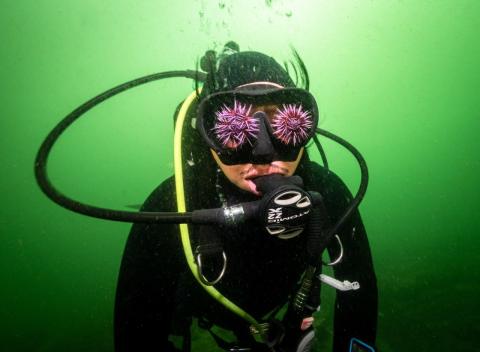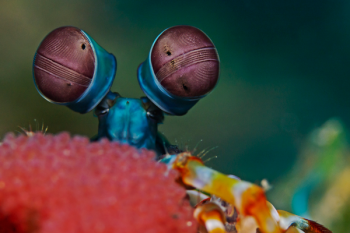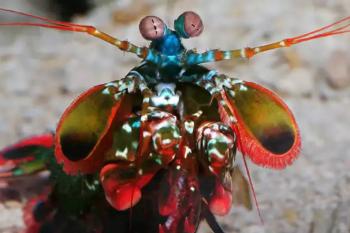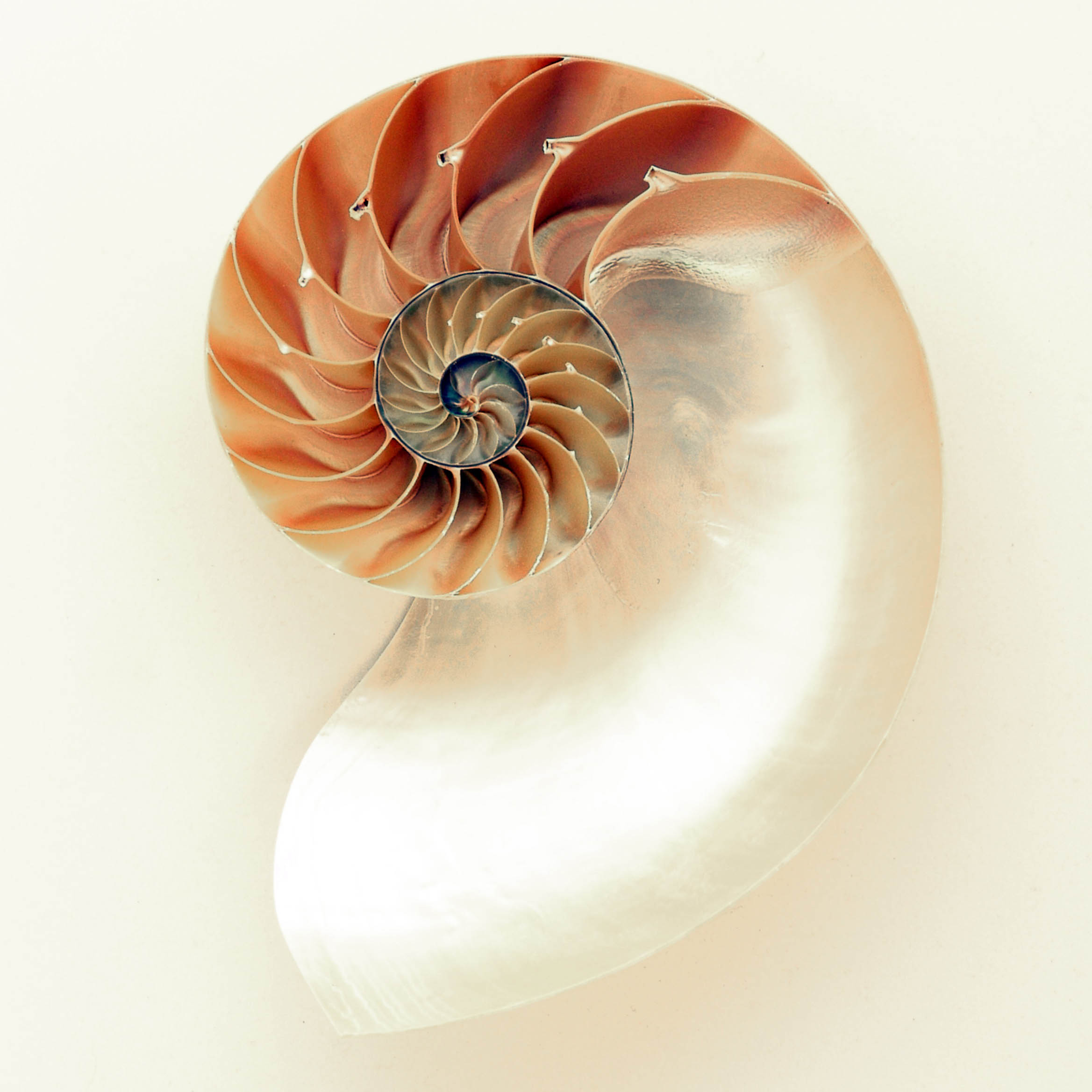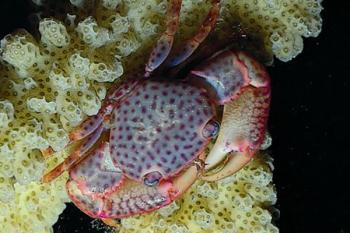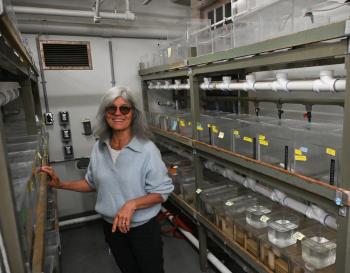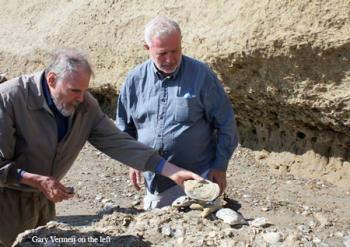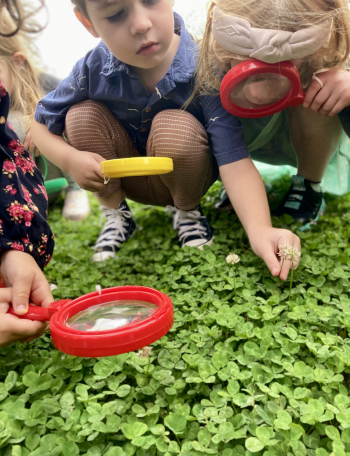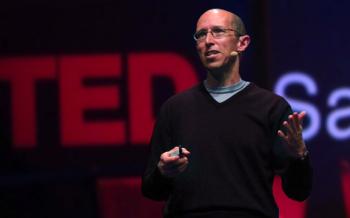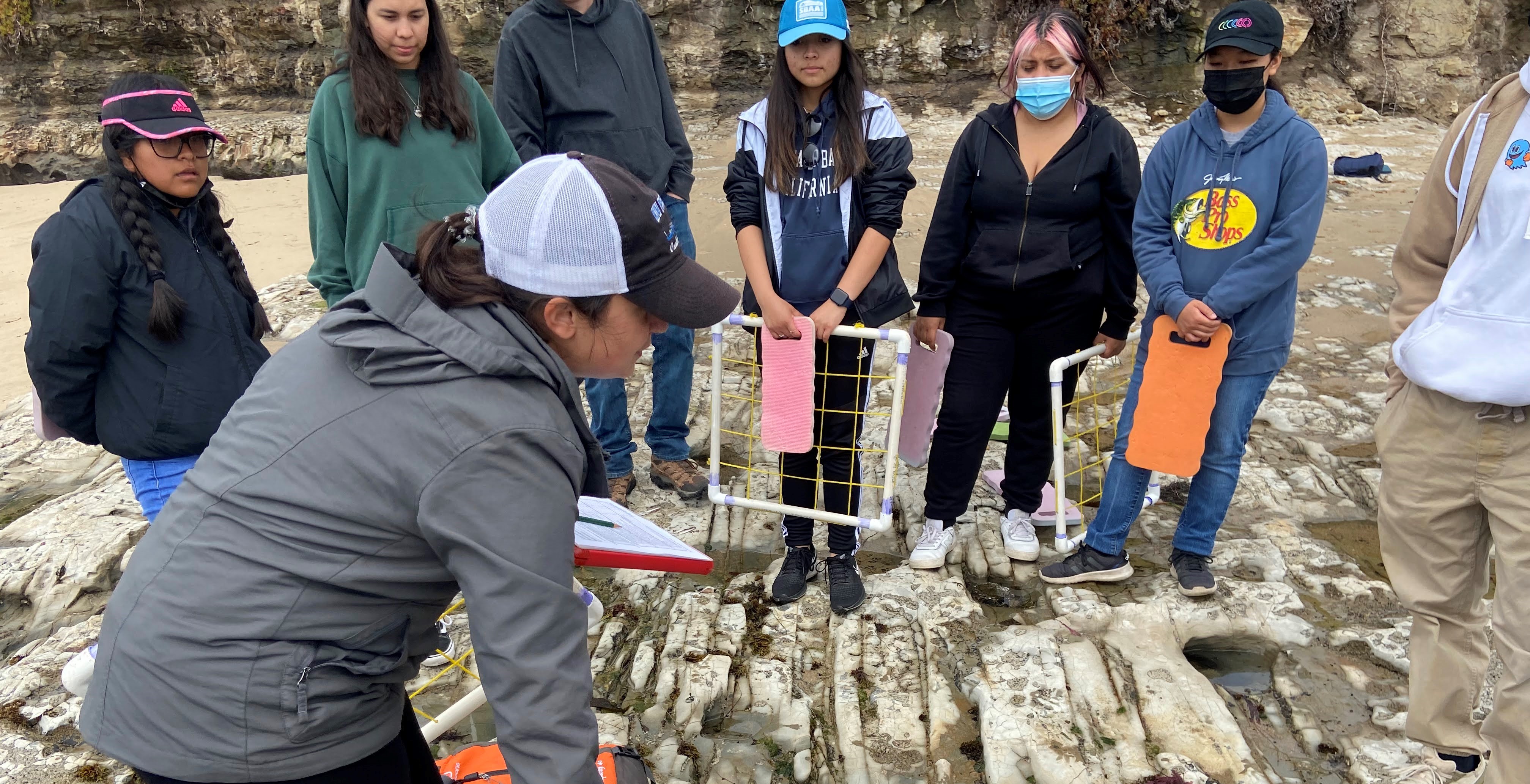

Teachers
Teachers
Of all the accomplished scientists we've interviewed over the years, there's always one thing they have in common: a teacher who encouraged their curiosity in the natural world.
Lesson Plan Material
- Image
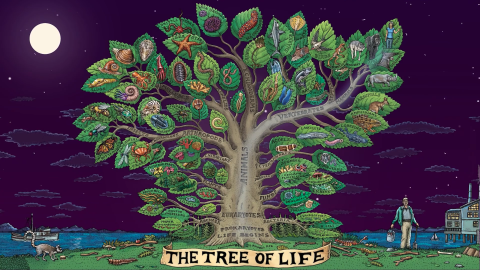
Lesson Plan
Animating the Tree of LifeStudents will explore an animated "Tree of Life." They will record observations and questions about it and discuss them as a class. Create your own cartoon!
Full Lesson Plan
- Image
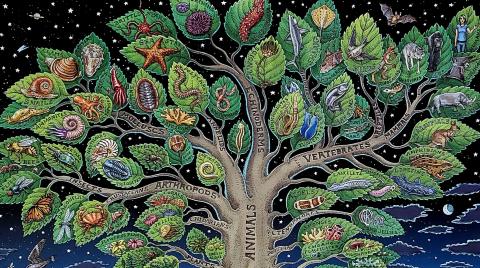
Factsheet
Cambrian ExplosionThe Cambrian Explosion was a burst of animal evolution that occurred in the ocean about 540 million years ago.
Download Factsheet
- Image

Reading
Cambrian Explosion: A BIG BANG in the Evolution of AnimalsFor most of Earth's early history, there simply was no fossil record. Only recently have we come to discover otherwise: Life is virtually as old as the planet itself, and even the most ancient sedimentary rocks have yielded fossilized remains of primitive forms of life.
Download Reading
Features
Teacher
Bridget Booth, Middle School Science Teacher, and Michigan State Lead for Subject to Climate
“In creating some cross-curricular connections for other teachers on my team, I no longer feel like I must cover EVERYTHING about climate change in science. Now students study climate change in social studies, ELA and math classes.”
Bridget Booth, Middle School Science Teacher, and Michigan State Lead for Subject to Climate
“In creating some cross-curricular connections for other teachers on my team, I no longer feel like I must cover EVERYTHING about climate change in science. Now students study climate change in social studies, ELA and math classes.”
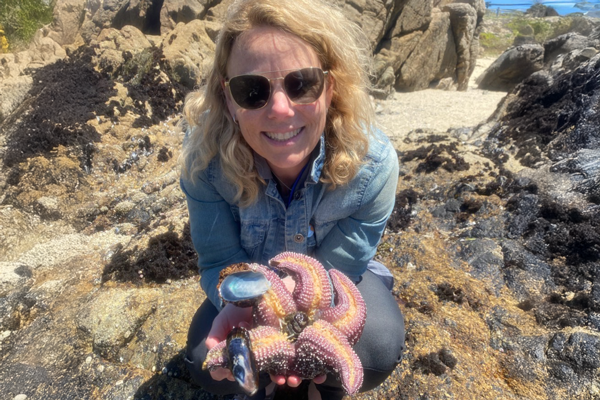
Blog
Crustacean Vision
Hey Crazy Eyes!
Lobsters, shrimp and crabs and other crustaceans have an amazing diversity of both simple and compound eyes, each with standard crustacean features.
Crustacean Vision
Hey Crazy Eyes! Lobsters, shrimp and crabs and other crustaceans have an amazing diversity of both simple and compound eyes, each with standard crustacean features.
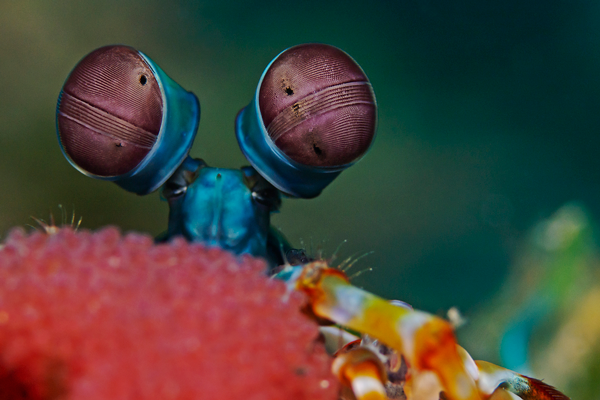
Scientist
Andrew Kim
“Being in the kelp cathedral” was the closest to a spiritual experience that Andrew had ever had.
Andrew Kim
“Being in the kelp cathedral” was the closest to a spiritual experience that Andrew had ever had.
